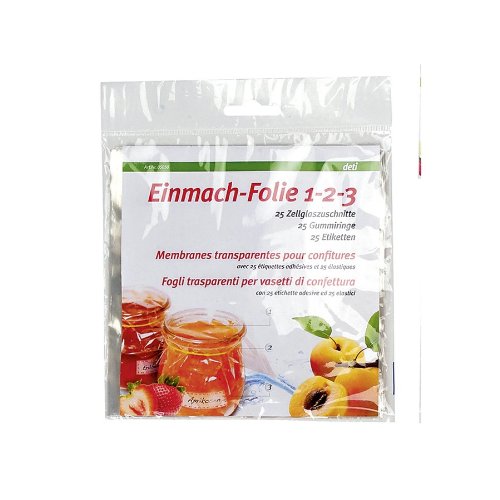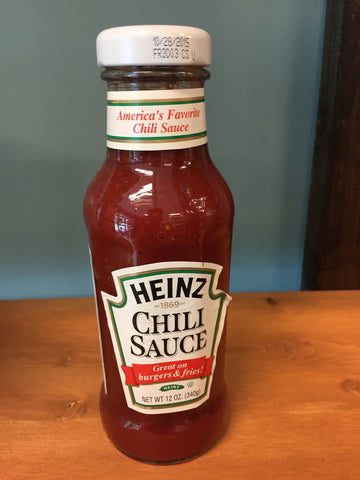The recent threads about tomatoes, ketchup, and other sauces and condiments has me thinking. I would really like to start making my own. Now mind, anyone who thinks this is going to be economical should look elsewhere. You can buy perfectly good to great ketchup and mustard for 2-6 per jar and simply use them. No laobur involved.
My interests here are non-standard ketchup made with malt and or balsamic vinegar rather than the typical white or apple cider vinegar. A few good pickles like a Picallily or similar. And some chutneys. I REALLY like mango chutney and made a few jars up years ago and to my complete horror and chagrin I got one jar. The family nicked the rest.
The making and canning are pretty straightforward. Recipes and double secret probation family formulae are welcome additions to this thread as are any techniques you wish to share.
Where I will deviate just a bit from most preserving methods is the use of sauce bottles rather than Ball canning jars. Two reasons drive this. First, the canning jars, even the four ounce style, are a bit of a pain to store in the fridge without taking up a lot of space because of their width. Second, and I know this from experience because my old mum canned everything when we were little, the typical two piece lids eventually allow odour migration from other items in fridge and they always rust around the pressure bands. So for me it will be the classic style bottle of Heinz chili or cocktail sauce. The store brands use the same bottle.
These bottles are available in two configurations; 'lug' lid and threaded caps. Either style is suitable and come with a Plastisol sealing liner that should work perfectly in water bath canning methods. High acidity sauces such as tomato and vinegar based products are stable and safe without full on pressure cooking. A few minutes in boiling water will sterelise and seal them beautifully. Both styles of caps are readily available very cheaply from online sources.
My question is; Have any of you canned using the lug style caps? I prefer them because they don't seem to foul the threads as badly with poured product as the threaded closures do. Do they need any special technique compared to the threaded versions? Thanks.
Edit; Just wanted to add that salsa recipes are unnecessary. Nothing against salsa per se but the West/Tex/Mex thing has been done to death in my life. I am looking at old world chutney, pickles, and ketchup.
My interests here are non-standard ketchup made with malt and or balsamic vinegar rather than the typical white or apple cider vinegar. A few good pickles like a Picallily or similar. And some chutneys. I REALLY like mango chutney and made a few jars up years ago and to my complete horror and chagrin I got one jar. The family nicked the rest.
The making and canning are pretty straightforward. Recipes and double secret probation family formulae are welcome additions to this thread as are any techniques you wish to share.
Where I will deviate just a bit from most preserving methods is the use of sauce bottles rather than Ball canning jars. Two reasons drive this. First, the canning jars, even the four ounce style, are a bit of a pain to store in the fridge without taking up a lot of space because of their width. Second, and I know this from experience because my old mum canned everything when we were little, the typical two piece lids eventually allow odour migration from other items in fridge and they always rust around the pressure bands. So for me it will be the classic style bottle of Heinz chili or cocktail sauce. The store brands use the same bottle.
These bottles are available in two configurations; 'lug' lid and threaded caps. Either style is suitable and come with a Plastisol sealing liner that should work perfectly in water bath canning methods. High acidity sauces such as tomato and vinegar based products are stable and safe without full on pressure cooking. A few minutes in boiling water will sterelise and seal them beautifully. Both styles of caps are readily available very cheaply from online sources.
My question is; Have any of you canned using the lug style caps? I prefer them because they don't seem to foul the threads as badly with poured product as the threaded closures do. Do they need any special technique compared to the threaded versions? Thanks.
Edit; Just wanted to add that salsa recipes are unnecessary. Nothing against salsa per se but the West/Tex/Mex thing has been done to death in my life. I am looking at old world chutney, pickles, and ketchup.
Last edited:


